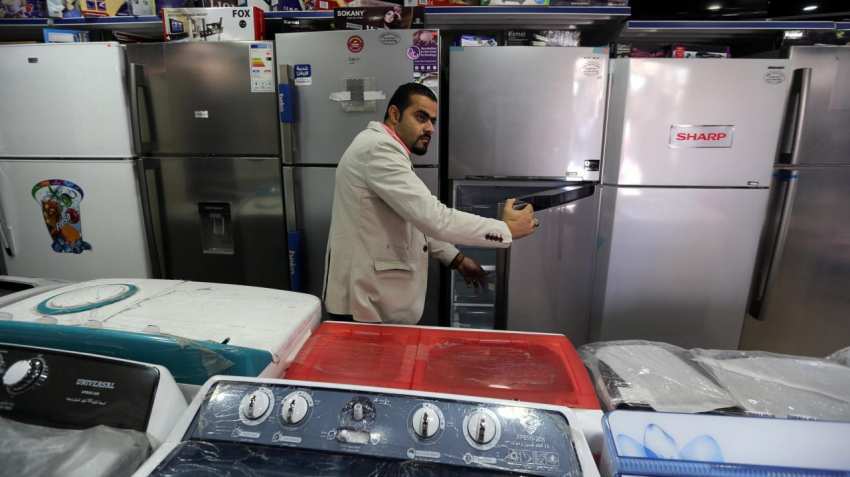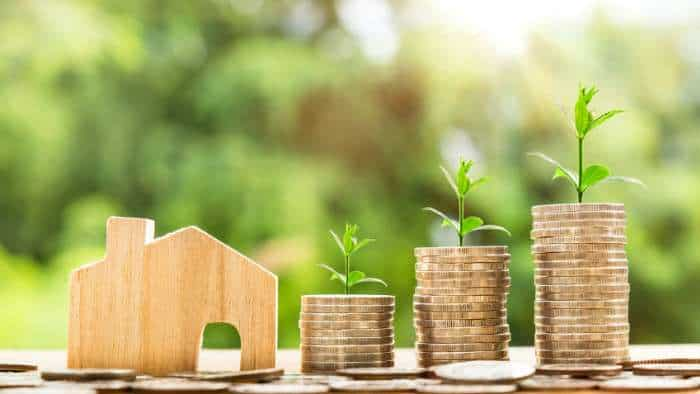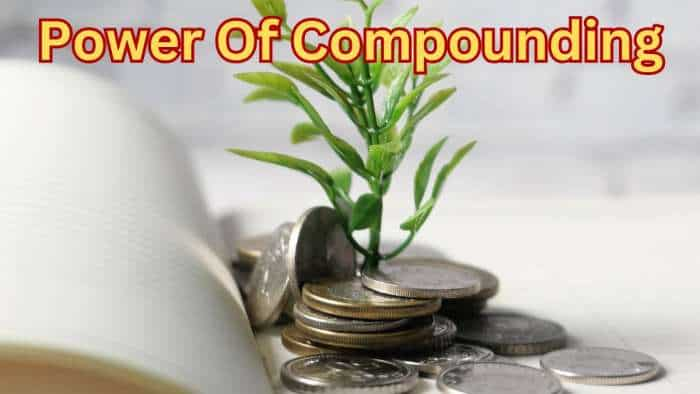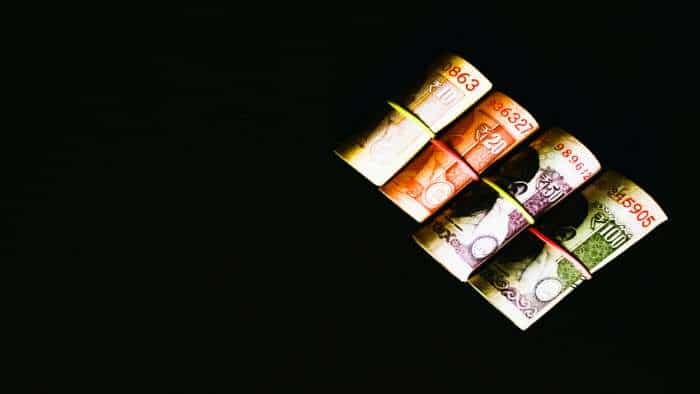Tax on TV, fridge, commonly used household items came down post GST: FinMin report
Tax on commonly used household items like TVs, refrigerators, washing machine and electrical appliances has been slashed to 18 per cent post GST rollout from over 31 per cent earlier, an analysis shows.

Tax on commonly used household items like TVs, refrigerators, washing machine and electrical appliances has been slashed to 18 per cent post GST rollout from over 31 per cent earlier, an analysis shows.
The Goods and Services Tax (GST) implementation has also brought down tax rates on luxury goods like air conditioners and automobiles.
On a day when Prime Minister Narendra Modi said that 99 per cent of items will attract 18 per cent or less tax, a Finance Ministry analysis of GST rates showed only 34 luxury and sin goods are left in the top 28 per cent bracket and even they had seen a reduction in effective tax post implementation of GST from July 1, 2017.
The GST has five tax slabs of 0, 5, 12, 18 and 28 per cent with daily essential items attracting 'nil' tax rates and some white goods, apart from luxury and sin items, placed at the highest tax rate.
The analysis showed tax incidence under GST, which amalgamated 17 central and state levies including excise duty and sales tax, on households items like television sets of up to 27 inches, refrigerators, washing machine, household electrical appliances such as mixer, juice and vacuum cleaner, geyser, fans and coolers and watches came down from 31.3 per cent pre-GST to 18 per cent.
The same on mobile phones came down from 18-25 per cent to 12 per cent and that on furniture to 18 per cent from 25-31 per cent.
Similarly, on luxury goods, tax incidence on automobiles, cement, air-conditioning machines, dishwashing machines, digital cameras, video game consoles and monitors and projectors came down from 31.30 per cent to 28 per cent.
The tax on movie tickets costing more than Rs 100 came down to 28 per cent from 35 per cent previously, while 5-star hotel accommodation is taxed at 28 per cent as opposed to 30-50 per cent previously.
A meeting of the GST Council is scheduled for the weekend where further rationalisation of the items in the 28 per cent tax bracket is expected.
The GST not just made India one market by levying uniform tax rates on goods and services, it also did away with tax-on-tax prevalent in the previous system.
In the old system, the central government levied excise duty when a good was produced in a factory and the state governments charged VAT on top of this. This meant that consumer not just paid VAT on the basic price of the good but also on the excise duty charged by the Centre.
With the introduction of the new indirect tax, that pattern has been eliminated. The GST is levied at the consumption end or when the final consumer buys the product or service.
Get Latest Business News, Stock Market Updates and Videos; Check your tax outgo through Income Tax Calculator and save money through our Personal Finance coverage. Check Business Breaking News Live on Zee Business Twitter and Facebook. Subscribe on YouTube.
RECOMMENDED STORIES

Mukhyamantri Majhi Ladki Bahin Yojana: Know eligibility, benefits, and documents to apply for this women-centric government scheme

Gratuity Calculator: Rs 37,000 as last-drawn salary; 6 years and 3 months as service period; know your gratuity?

Top 7 Gold ETFs With Highest Annualised Returns in 10 Years: Know how Rs 10 lakh investment in each ETF has performed in last decade

Defence PSU Stock to BUY: This multibagger scrip corrects 49% from 52-week high - Is this right time to buy?

Top 7 Large and Mid Cap Mutual Funds With up to 43% Return in 1 Year: Rs 25,000 monthly SIP investment in No. 1 scheme is now worth Rs 3,64,654

Power of Compounding: Can monthly SIP investment of Rs 7,000 help build corpus of Rs 4.5 crore? See in how many years it can be done
11:14 PM IST











 LIC gets GST demand notice of Rs 65 crore
LIC gets GST demand notice of Rs 65 crore GST on term life insurance premium, senior citizen's health coverage may be exempt
GST on term life insurance premium, senior citizen's health coverage may be exempt GST Council sets up GoM on compensation cess; panel to submit report by December 31
GST Council sets up GoM on compensation cess; panel to submit report by December 31 Zomato gets Rs 4.59 cr tax demand notices
Zomato gets Rs 4.59 cr tax demand notices GST department slaps SBI Life with Rs 239.27 crore notice
GST department slaps SBI Life with Rs 239.27 crore notice